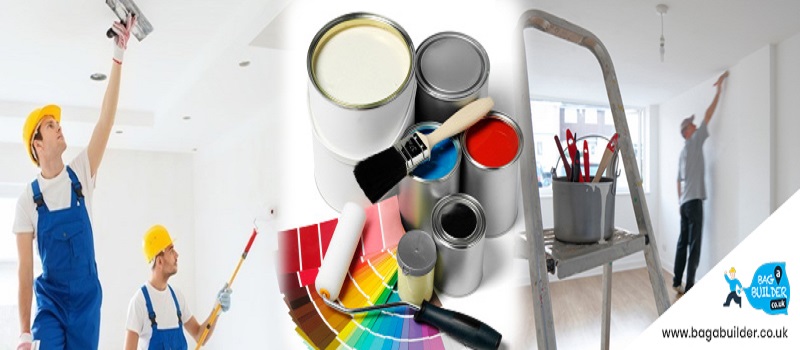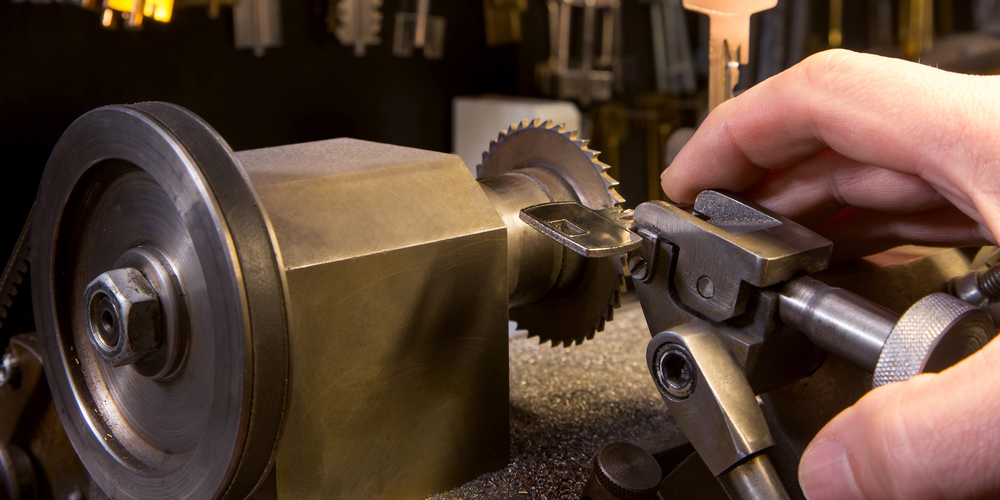How can a Plasterer Sound Proof a Room?
- By : Niel Mirza
- Date :
- Tags: soundproofing solutions

In order to eliminate as much external noise in your room as possible, there are a few handy tips that our team at Bag a Builder suggest for you to implement. Firstly, the most effective and reliable way for you to sound-proof your room is to hire a professional plasterer, our website holds an abundance of skilled professionals that you can get in touch with here.
It is a much safer option for you to hire a local plasterer rather than you running the risk of damaging your room by attempting to do it yourself. However, to give you a broad understanding of the processes that goes into sound-proofing your room, our team has decided to write a short summary of the recommendations and steps that you need to take to execute this successfully.
When sound-proofing a room, there are 3 main components you must keep in mind:
Isolation / Density / Absorption
For sound proofing from one room to the other, plasterers should ideally use a Boral Shaft Wall as they yield great results. The reason a shaft wall is so effective is that, there are 2 stud walls independent of each other, (isolation), with the 20mm thick, shaft wall running between them (density). The cavity is then filled with insulation, (absorption). This system “cuts the string” by limiting contact of framing from one room to the other and providing density with the shaft wall liner to reduce external noise. Decoupling and sealing are the directions you want to go. Skip mass loading as a primary source of sound reduction, same thing with insulation.
Depending on your budget there are afew methods that you could use such as puttinga second layer of drywall with greenglue(no fasteners) in-between the walls. Use acoustic sealant at the bottom edge (both inner and outer layer of drywall) and you will have to come up with something creative at the top edge. Any hard coupling (screws, fasteners and the like) are going to pass sound through. Same with any air gaps, so anything in the existing wall must be sealed. Power connections are a challenge and you need to completely seal any electrical penetrations and boxes.
The above method will result in a significantly quieter room, but if sound is coming from other directions like ceiling, adjacent walls or windows, it will only help on the direct sound transition being transferred from wall to wall.
The best direction is to pull down the existing drywall, seal any and all penetrations, holes and wirings and then use sound/vibration isolation products to separate your room from the rest of the building. Our plasterers are fully qualified and experienced to confidently complete this task and to make sure that nothing connects between the drywall and existing framing.
Insulation does not help. Or at least it barely helps. The issue is the transfer mechanism in most instances is not the airspace between your room and the next over, it comes from air gaps and hard coupling of surfaces. You can insulate all you want, but it will only affect the actual sound in the air, in that airspace. Not the space in your room. Don’t waste money here. Spray insulation will if you use it to seal penetrations behind your wall as you want no exchange in air.
We really hope that this blog helped you out and now you have a broad understanding in sound-proofing rooms. Just post your job query, search from the list of tradesmen, check their previous work history along with the reviews and take the quotations from them. After analyzing all the parameters, you will be able to find the best plasterer in your local area.








